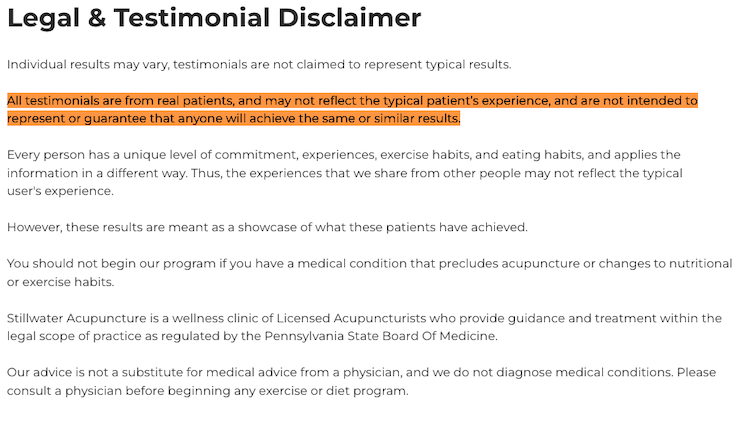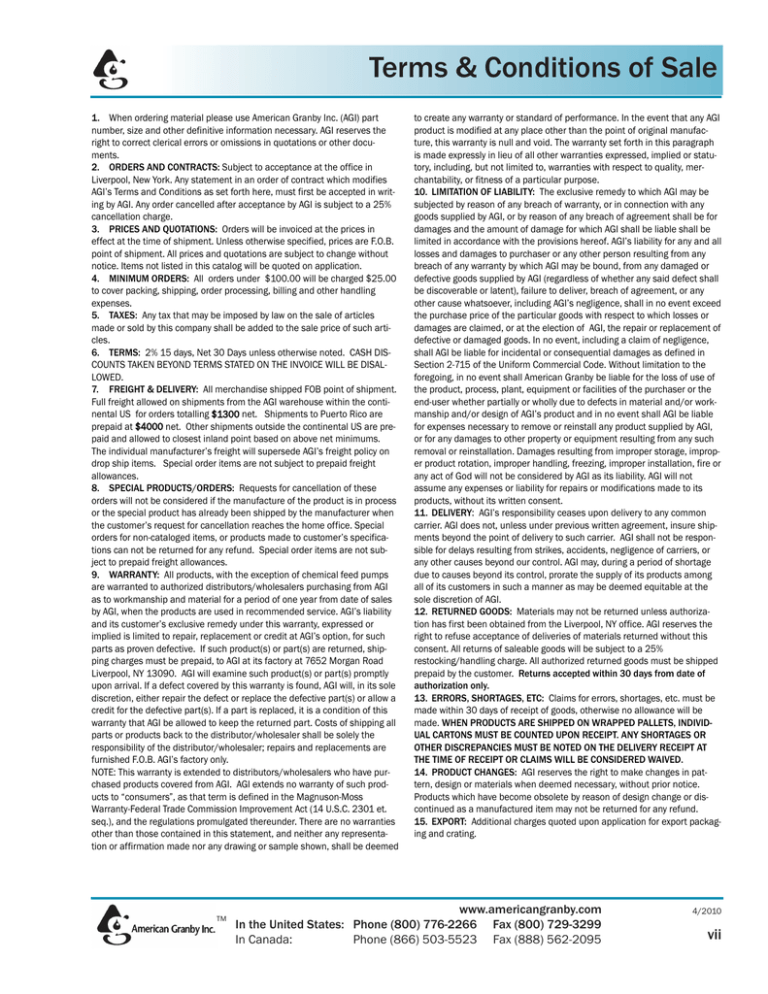Pricing Subject To Change Disclaimer Examples

The seemingly innocuous phrase "Pricing Subject to Change," often relegated to the fine print of websites, menus, and advertisements, is increasingly becoming a focal point of consumer frustration and legal scrutiny. In an era defined by dynamic pricing algorithms and volatile market conditions, understanding the implications of this disclaimer is more critical than ever for both businesses and consumers.
This article delves into the complexities surrounding "Pricing Subject to Change" disclaimers, exploring their legal standing, practical applications, and the potential for misuse. It will examine real-world examples, analyze consumer perspectives, and consider the future of pricing transparency in a rapidly evolving marketplace. The goal is to equip readers with the knowledge to navigate the nuances of this ubiquitous disclaimer and protect their interests.
The Legal Landscape
Legally, the enforceability of "Pricing Subject to Change" disclaimers hinges on factors such as clarity, conspicuousness, and good faith. A disclaimer buried in the terms and conditions, or presented in an ambiguous manner, is less likely to hold up in court than one that is prominently displayed and easily understood. The Federal Trade Commission (FTC) emphasizes the importance of clear and conspicuous disclosures, stating that consumers must be able to easily notice, read, and understand the terms of a sale before making a purchase.
State laws also play a significant role. Some states have specific regulations regarding price advertising and disclosure, which can further limit the scope of "Pricing Subject to Change" clauses. For example, California's Unfair Competition Law prohibits businesses from engaging in deceptive or misleading advertising practices.
However, there's no blanket prohibition against these disclaimers. Businesses are generally allowed to adjust prices based on legitimate factors, such as fluctuating supply costs or changing market demand. The key is ensuring that the adjustments are made in good faith and that consumers are adequately informed before committing to a purchase.
Common Examples and Scenarios
The "Pricing Subject to Change" disclaimer manifests in various forms across different industries. Airlines, for instance, frequently use it to justify price fluctuations based on demand and seat availability. “Fares are not guaranteed until ticketed,” is a common refrain.
Restaurants often include the disclaimer on menus, particularly in response to fluctuating food costs. This allows them to adjust prices without having to reprint menus frequently. One could find a statement like, "Prices are subject to change without notice due to market conditions."
E-commerce platforms heavily rely on dynamic pricing, where algorithms constantly adjust prices based on factors like competitor pricing, inventory levels, and customer behavior. They often include a statement such as "Prices are subject to change at any time."
The construction and remodeling industries are also notorious for using the disclaimer to protect themselves against unforeseen material costs or labor shortages. A contractor might include language in their quote stating, "This estimate is subject to change based on material price fluctuations."
Consumer Perspectives and Concerns
From the consumer perspective, the "Pricing Subject to Change" disclaimer can be a source of frustration and mistrust. Many perceive it as a license for businesses to arbitrarily raise prices after a customer has committed to a purchase, or just before.
There are concerns about a lack of transparency. Consumers often feel that they are not provided with adequate justification for price increases, leaving them feeling exploited. The ambiguity inherent in the disclaimer can also lead to uncertainty and hesitation, discouraging consumers from making purchases.
The rise of dynamic pricing, while potentially beneficial to businesses, has also heightened consumer anxiety. Stories of prices changing dramatically within minutes, based on perceived browsing behavior, fuel the perception that algorithms are being used to unfairly target consumers.
Ethical Considerations
Beyond the legal aspects, there are also ethical considerations surrounding the use of "Pricing Subject to Change" disclaimers. While businesses have a right to protect their profit margins, they also have a responsibility to treat consumers fairly and honestly.
Overusing the disclaimer, or using it to justify unjustified price increases, can erode consumer trust and damage a business's reputation. Transparency and clear communication are essential for building long-term customer relationships.
Businesses should also consider implementing policies that limit the frequency and magnitude of price changes, providing consumers with a reasonable degree of price certainty. Doing so fosters goodwill and prevents the perception of price gouging.
Best Practices for Businesses
For businesses, effectively using "Pricing Subject to Change" disclaimers requires a delicate balance between protecting their interests and maintaining customer trust. Here are some best practices to consider.
Clarity and Conspicuousness: Ensure the disclaimer is prominently displayed and easily understood. Avoid burying it in fine print or using overly technical language. Use bold text or larger font sizes to draw attention to the disclaimer.
Justification and Transparency: Be prepared to justify price changes to customers. Provide clear explanations for why prices have been adjusted, citing factors such as supply chain disruptions or increased costs.
Reasonable Limits: Implement internal policies that limit the frequency and magnitude of price changes. This helps prevent the perception of arbitrary price fluctuations.
Price Guarantees: Offer price guarantees whenever possible, especially for online purchases. This demonstrates a commitment to price stability and builds customer confidence.
The Future of Pricing Transparency
The debate surrounding "Pricing Subject to Change" disclaimers is likely to intensify as technology continues to reshape the marketplace. Artificial intelligence (AI) and machine learning (ML) are enabling even more sophisticated dynamic pricing strategies, raising concerns about fairness and transparency.
Consumer advocacy groups are pushing for greater regulatory oversight of dynamic pricing practices, demanding that businesses provide clearer explanations for price fluctuations and limit the use of algorithms that unfairly target vulnerable consumers. The FTC is actively monitoring these developments and may issue further guidance on pricing transparency in the future.
Ultimately, the future of pricing transparency will depend on a combination of regulatory action, technological innovation, and ethical business practices. Businesses that prioritize fairness, transparency, and clear communication will be best positioned to thrive in an increasingly competitive and scrutinized marketplace.
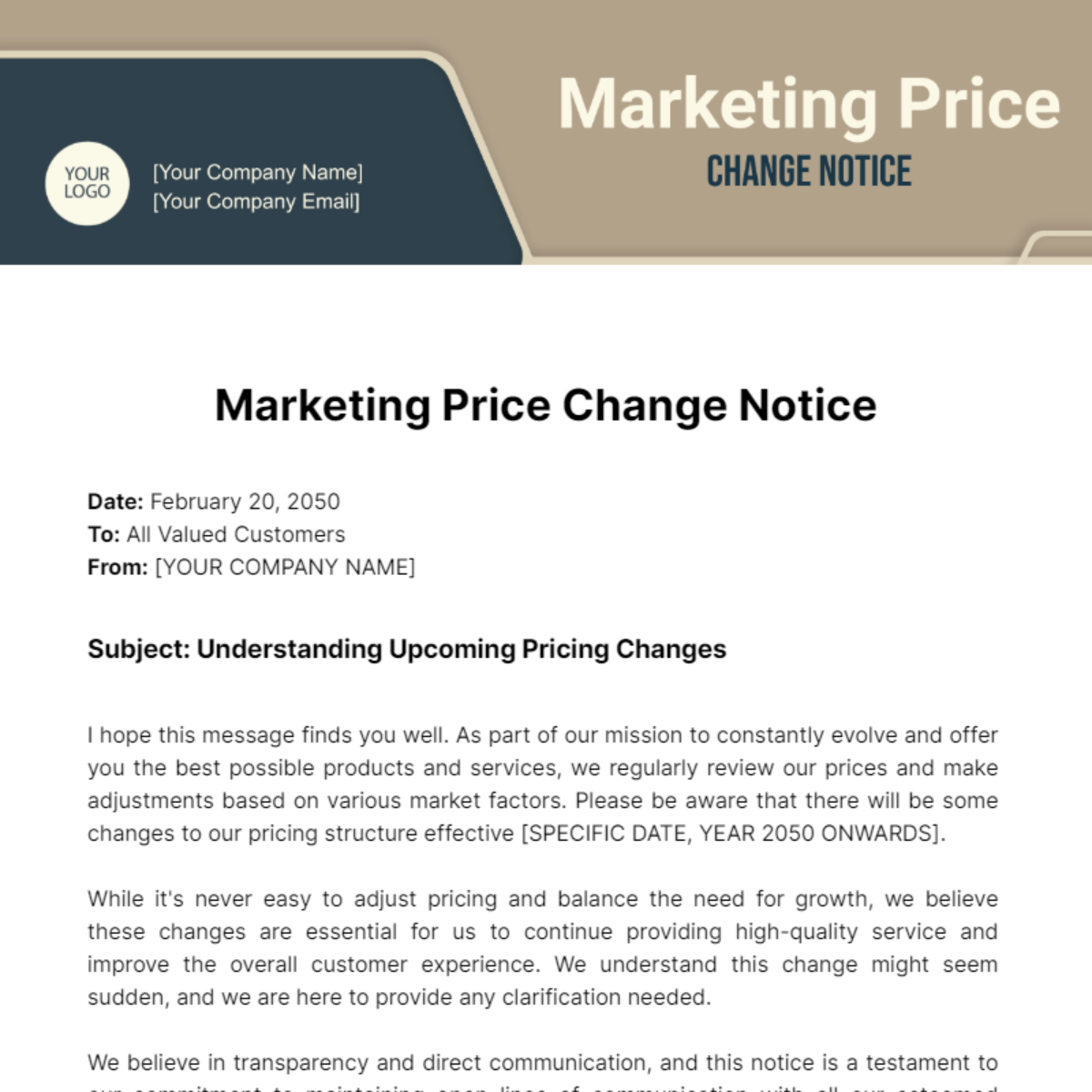

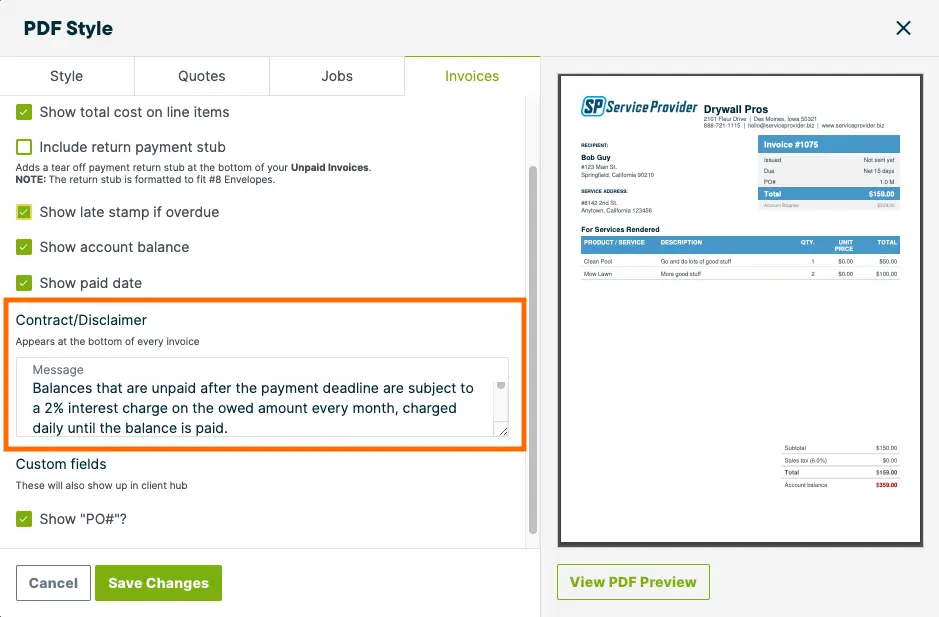


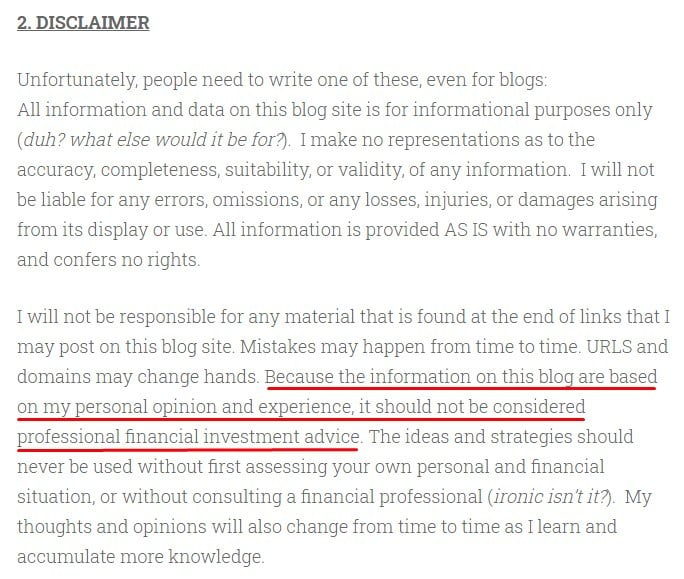
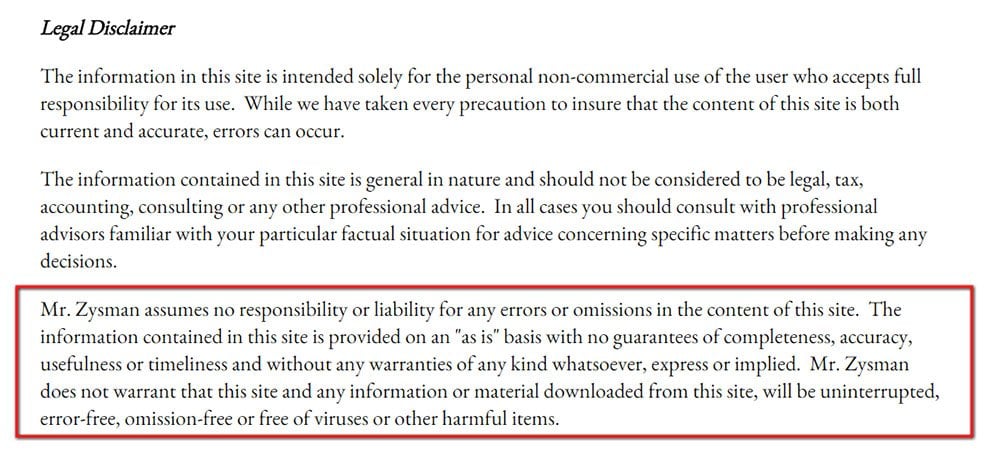
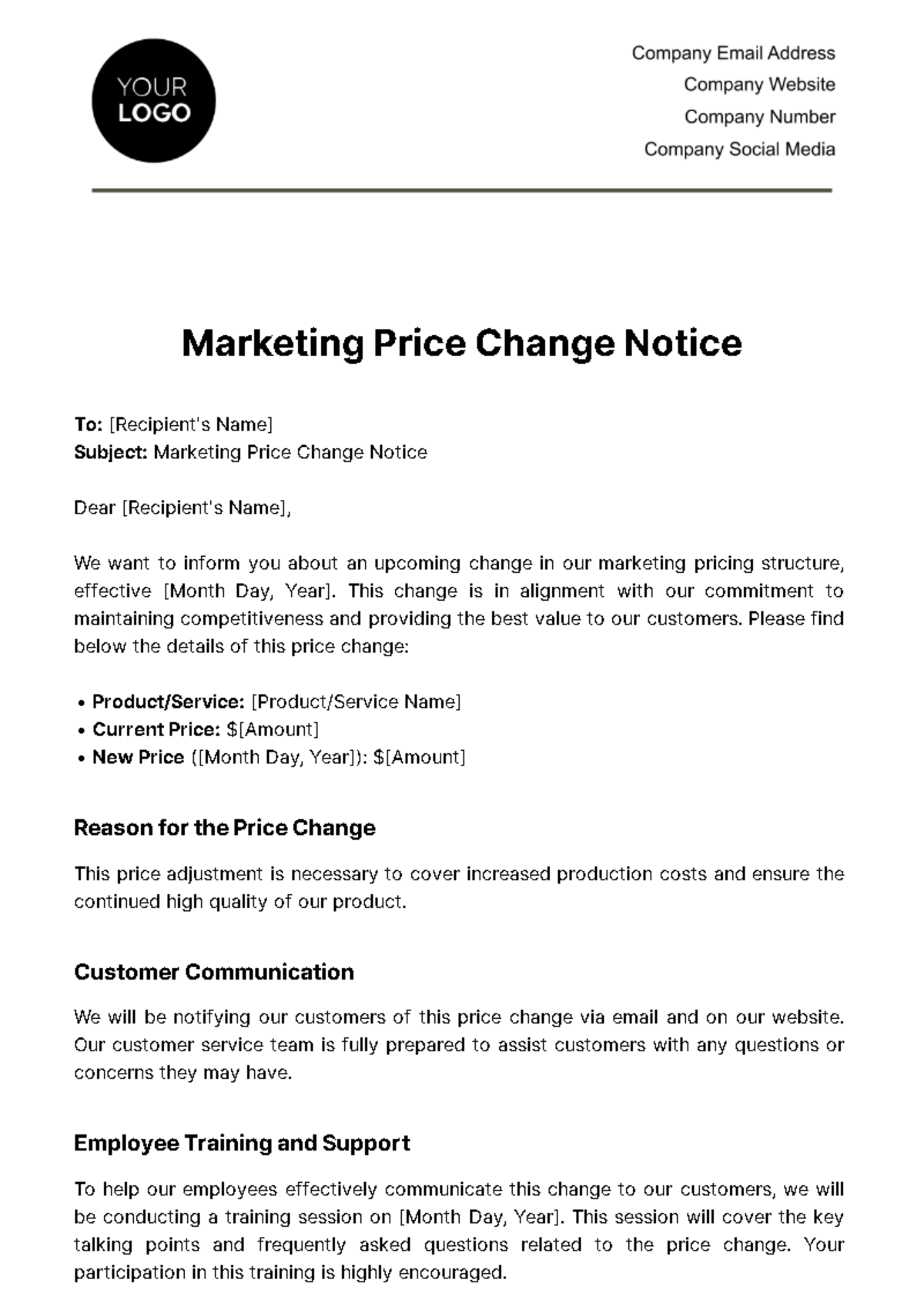
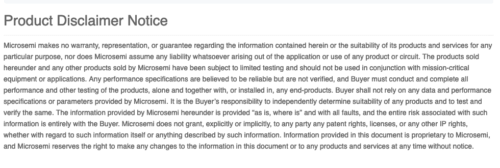
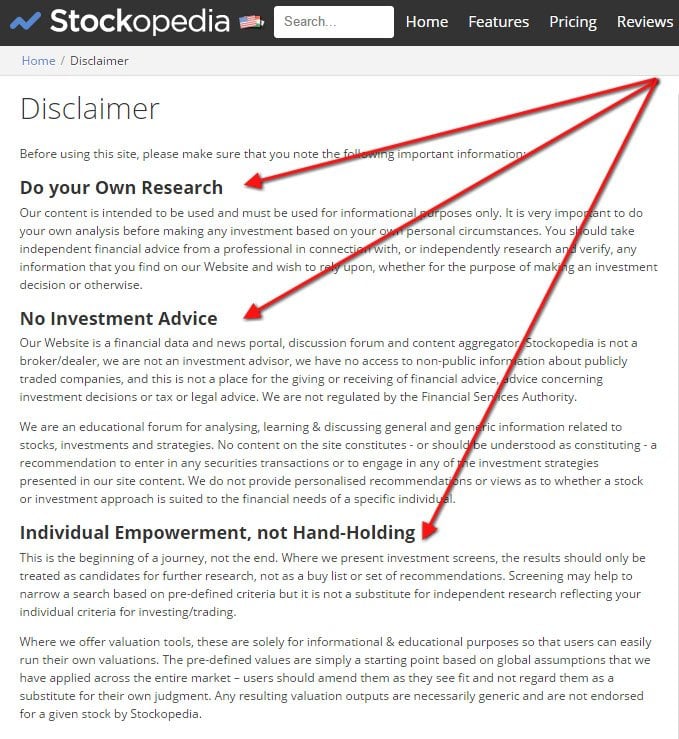



![Pricing Subject To Change Disclaimer Examples Sample Disclaimer Template & Examples [Download for FREE]](https://cdn.websitepolicies.com/wp-content/uploads/2022/03/generic-sample-template-1024x396.png)
